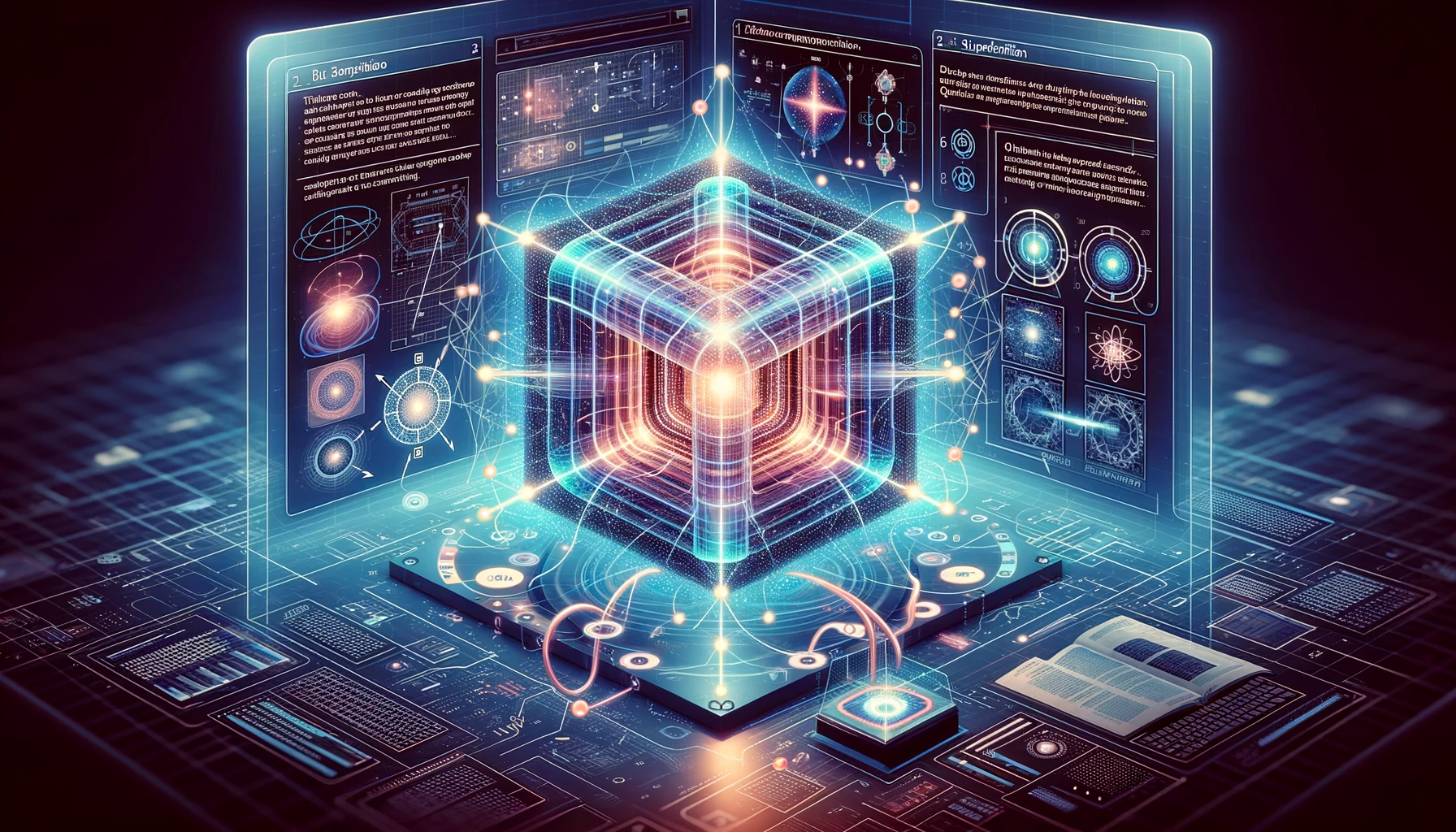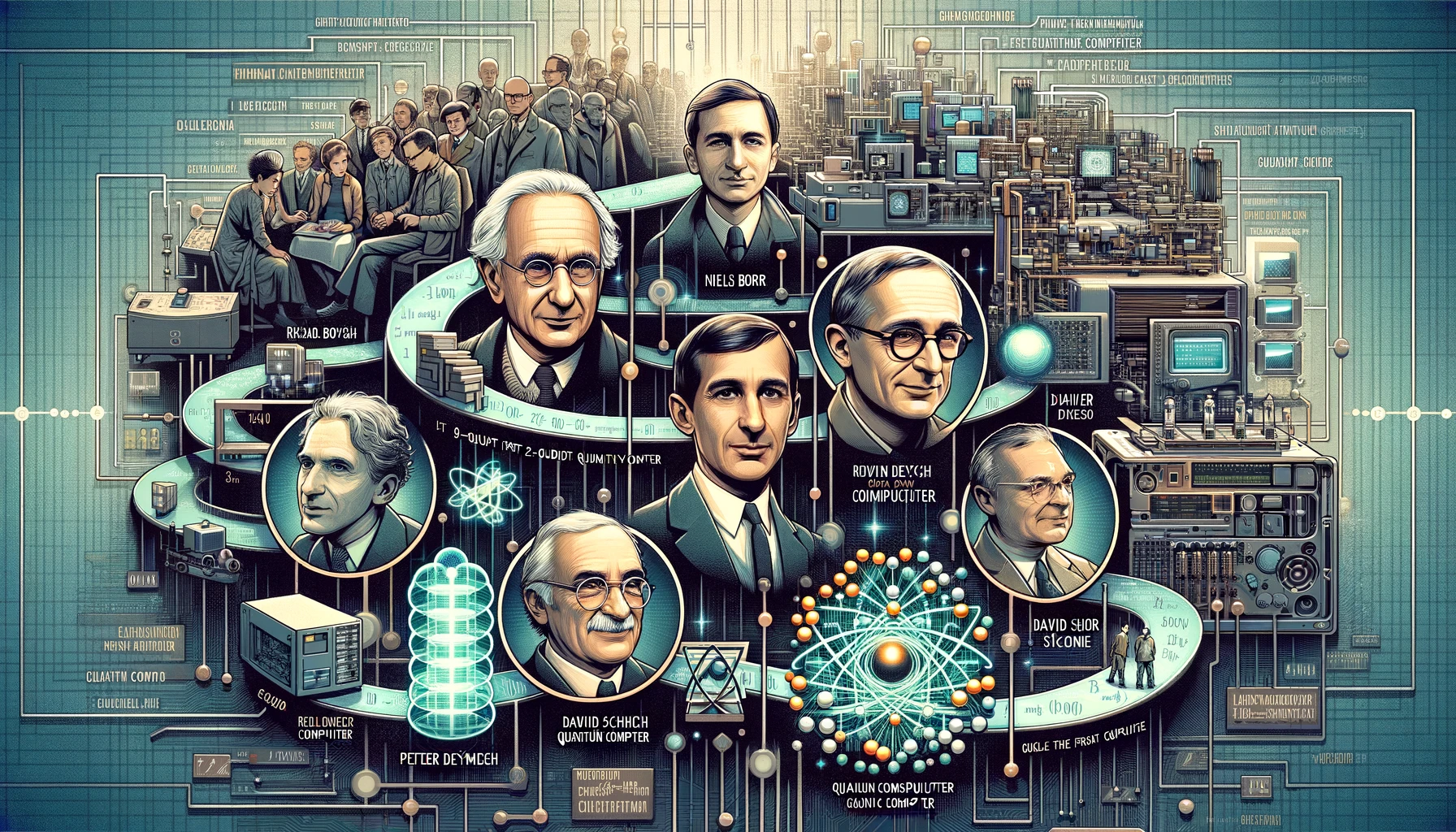Introduction:
In the realm of quantum computing, the qubit reigns supreme. This unique unit of quantum information is what sets quantum computers apart from their classical counterparts, offering unprecedented potential in processing power and efficiency. Understanding qubits is key to grasping the revolutionary nature of quantum computing. This article delves deep into the world of qubits, exploring their properties, how they work, and their implications for the future of computing.
1. What is a Qubit?
A qubit, or quantum bit, is the basic unit of information in a quantum computer, akin to the bit in classical computing. However, unlike a classical bit, which can be either 0 or 1, a qubit can exist in a state of 0, 1, or any quantum superposition of these states. This is due to two fundamental principles of quantum mechanics: superposition and entanglement.
2. The Principle of Superposition:
Superposition allows a qubit to exist in multiple states simultaneously. This means that while a classical bit can represent information as either 0 or 1, a qubit can represent both at once, dramatically expanding the capacity of information processing. This property is key to the exponential growth in processing power that quantum computers promise.
3. Quantum Entanglement:
Entanglement is another quantum phenomenon where two or more qubits become so intrinsically linked that the state of one cannot be described independently of the others. This interconnectedness allows for faster and more efficient information processing, as operations can be performed on multiple qubits simultaneously.
4. Creating and Manipulating Qubits:
Qubits can be realized through various physical systems, such as the spin of electrons, the polarization of photons, or the energy levels of atoms. Manipulating these qubits requires precise control of their quantum state, which is achieved through sophisticated technological methods like magnetic fields, laser pulses, or microwave radiation.
5. Challenges in Qubit Technology:
Despite their potential, qubits are incredibly sensitive to their environment, and any interaction with the outside world can cause them to lose their quantum state, a phenomenon known as decoherence. Maintaining qubit stability and coherence over time is one of the major challenges in quantum computing. Error correction and qubit isolation techniques are crucial areas of research to overcome these obstacles.
6. Qubits and Quantum Algorithms:
Quantum algorithms are designed to take advantage of qubit properties. Algorithms like Shor's for factorization and Grover's for database search showcase the potential for quantum computers to solve specific problems much more efficiently than classical computers.
7. The Future of Qubits in Quantum Computing:
The development and stabilization of qubits are at the forefront of quantum computing research. Advances in this field could revolutionize various industries, from pharmaceuticals to cryptography, by providing the power to solve complex problems that are currently intractable for classical computers.
Conclusion:
Qubits stand at the heart of the quantum computing revolution. As research continues to overcome the challenges in qubit technology, we edge closer to harnessing the full potential of quantum computing. The implications of this technology are vast and far-reaching, promising to redefine the landscape of computational power and problem-solving in the decades to come.




